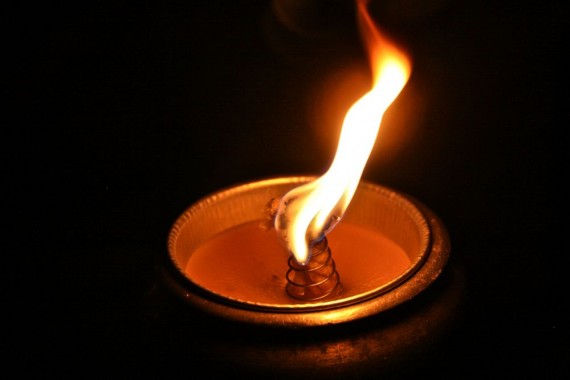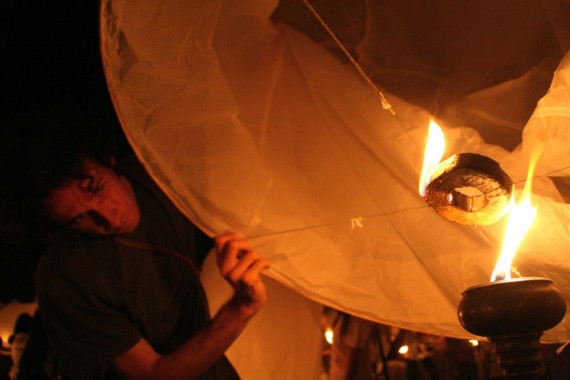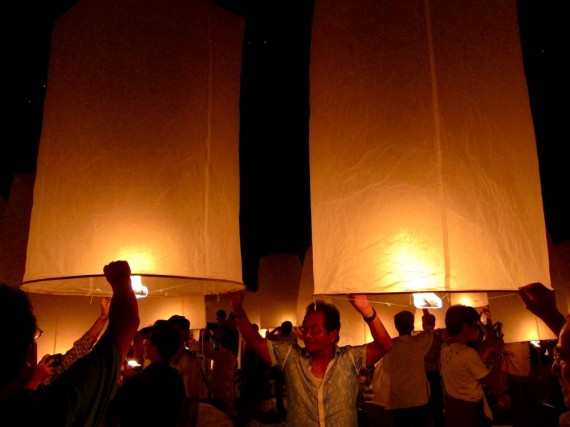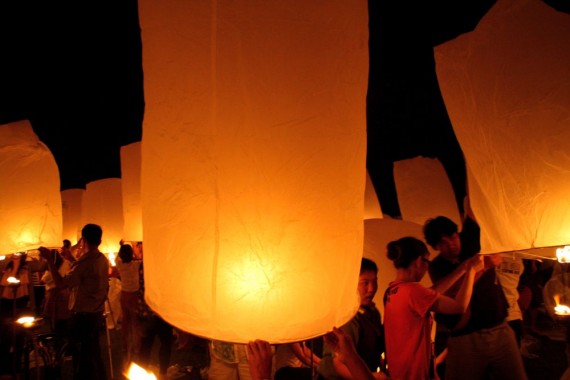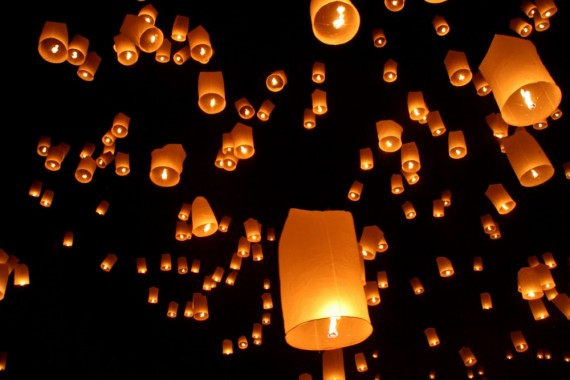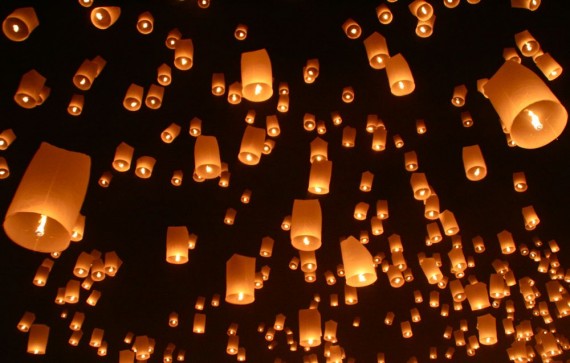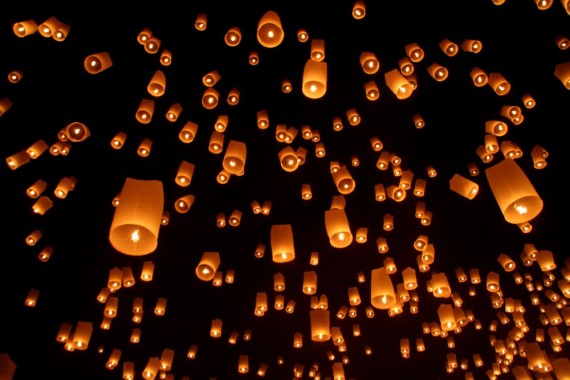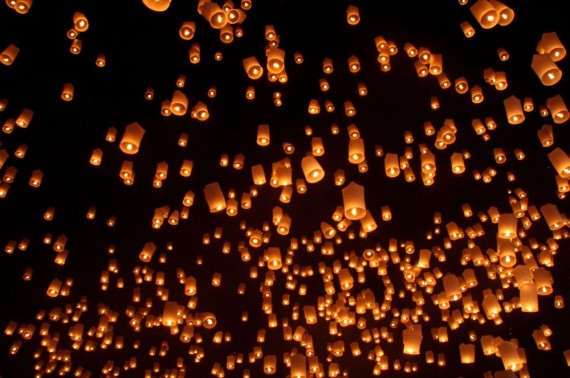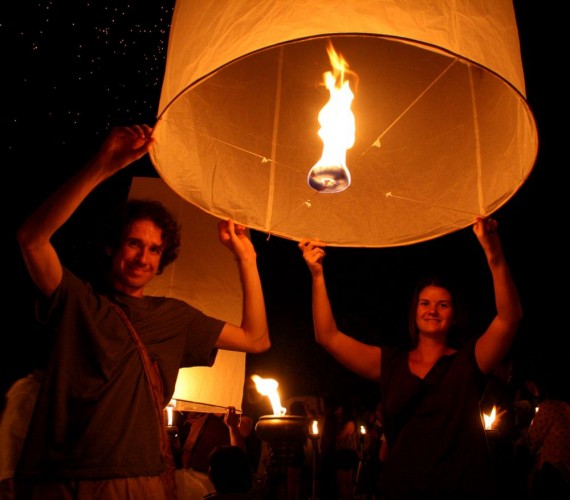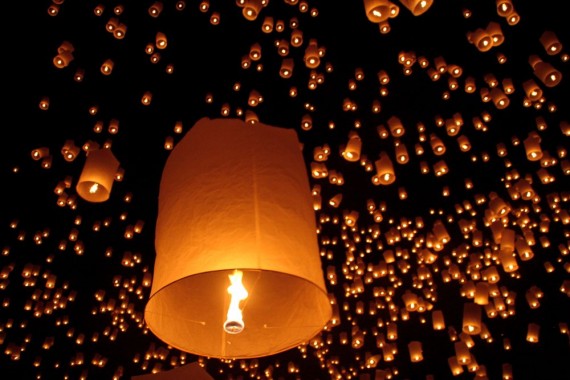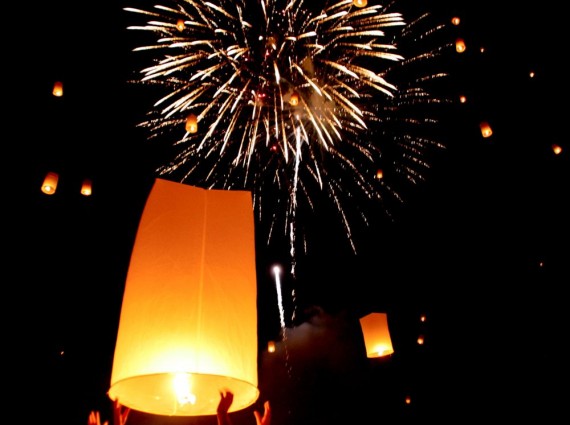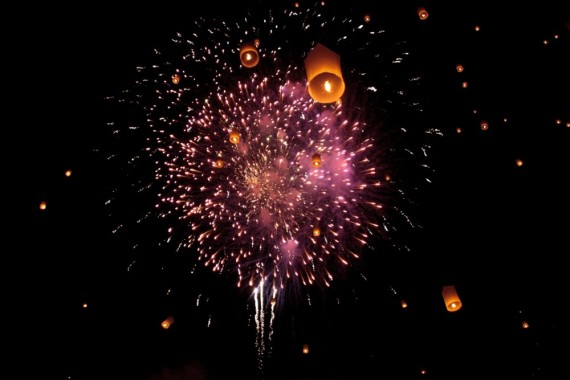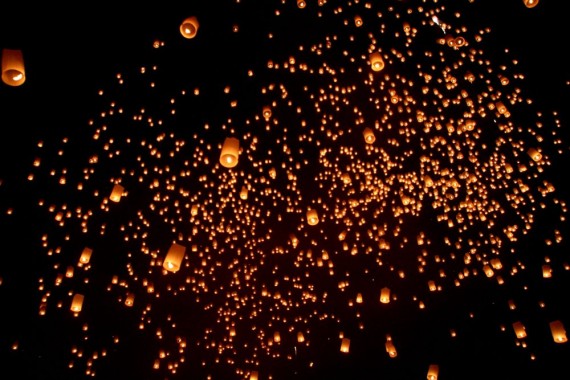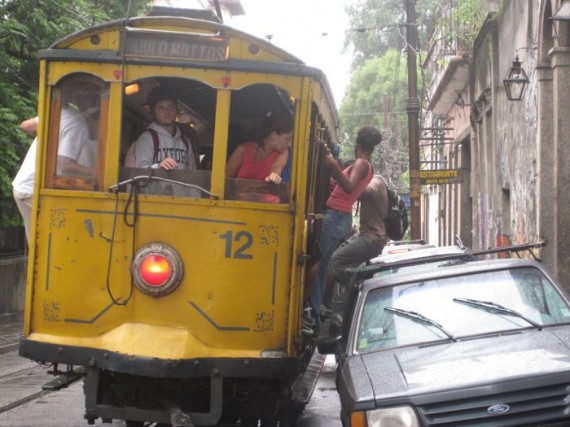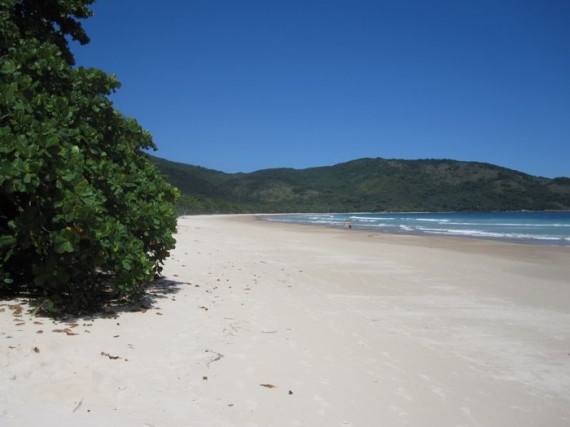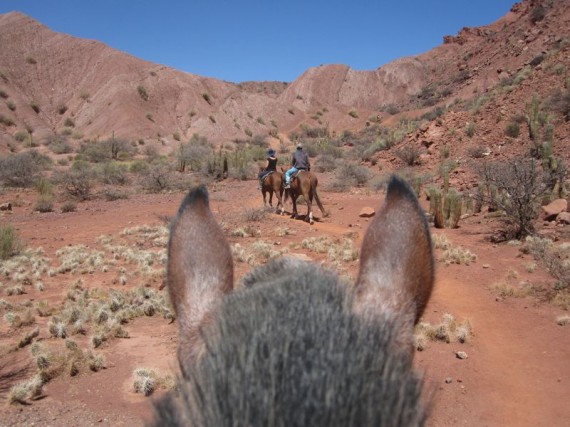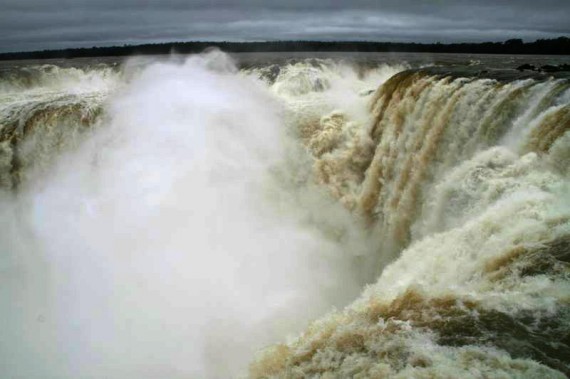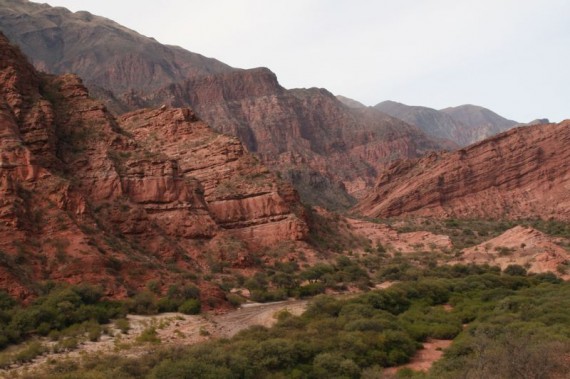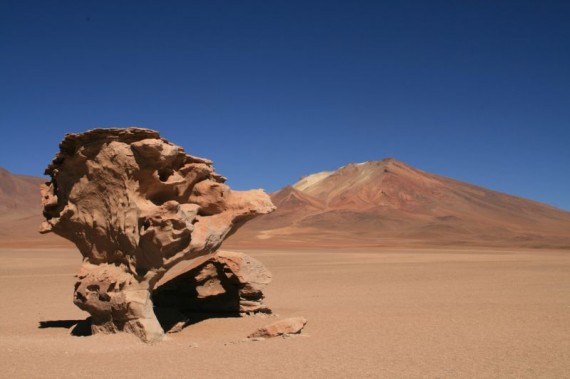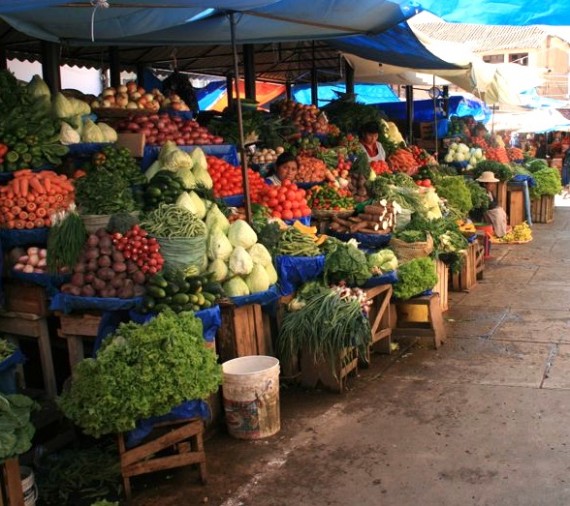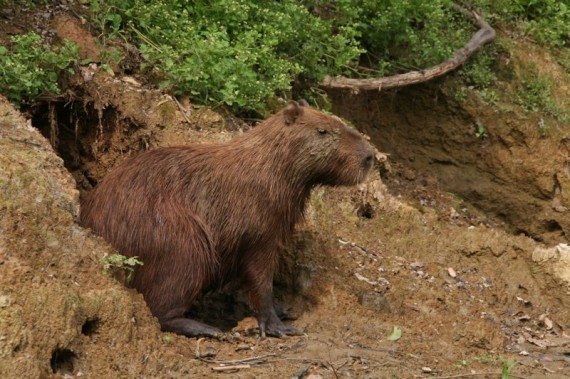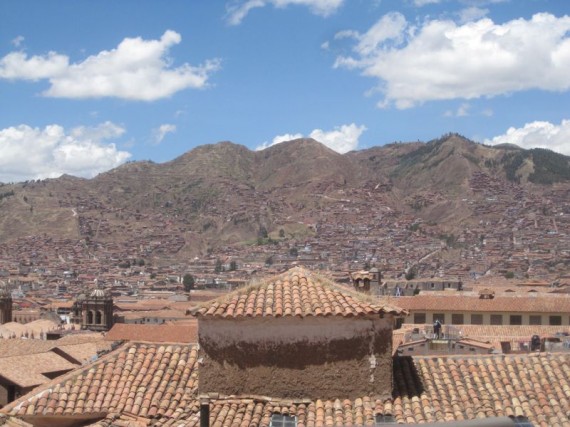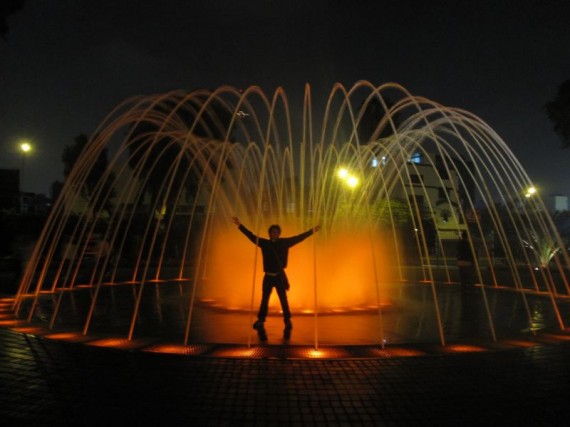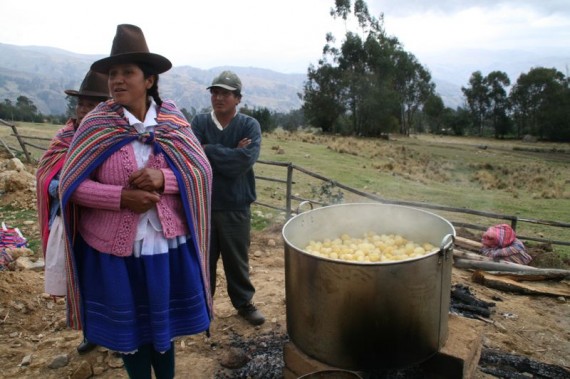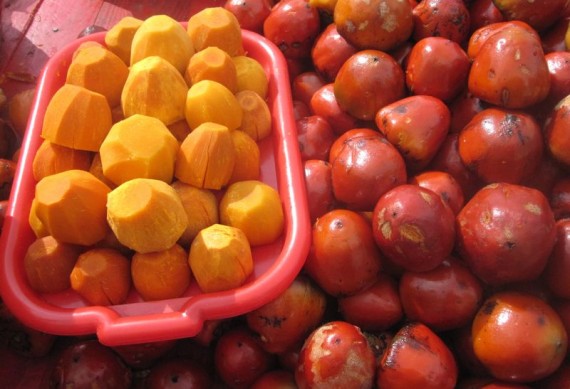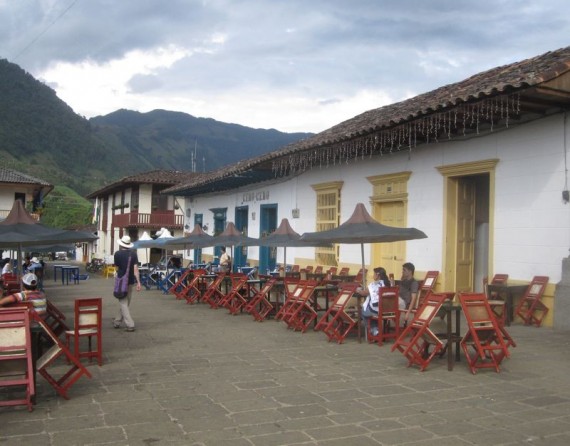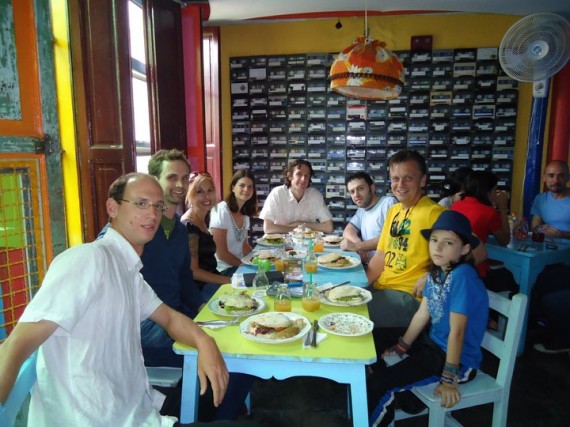We are travelling permanently with only carry-on luggage, having sold the rest of our belongings. I have a 30 litre backpack and Simon has a 40 litre backpack and a small travel guitar. It’s been surprisingly easy to live with such small bags and to fit everything we need into them, including two laptops and an SLR camera. Life is actually much simpler when you own less.
Benefits Of Travelling With Just A Carry-On Bag
- No wait for bags after flights.
- No worries that the airline will lose your luggage, especially when you have connections.
- We avoid airline fees for checked baggage.
- We always take our backpacks on buses in South America (we can almost always fit them under our seat), which avoids worries about them being stolen from the storage compartment or roof.
- Our bags are lighter and easier to carry around when looking for accommodation or getting to the bus station.
- We don’t have much spare room in our backpacks so it stops us buying things we don’t really need.
Although Simon has two carry-on bags because of the extra guitar we haven’t had a problem taking these on planes, except in the Bolivian Amazon when we were travelling on tiny 18 seater planes. There was no overhead locker and very little room under the seat, so we reluctantly had to check in Simon’s larger backpack and the guitar (in a soft case) – luckily it was fine.
We could actually get away with less stuff, but we work as we travel so need laptops, and we’ve needed warmer clothes in South America for high altitudes. Even still, our backpacks are half the size of every other traveller we’ve seen. We just don’t know what they have in those huge packs!
Our Updated Packing List
We recently updated our packing list to reflect the changes that have happened over the last 10 months of travel.
Losses
We got rid of very few things as everything we have we use. We lost some sunglasses (now replaced) and a cardigan, and we dumped our playing cards and phrasebooks that we no longer needed.
Our biggest change is that we have just ordered a Kindle. When this arrives we will be able to leave behind our Spanish dictionary, guidebooks and three novels that we usually carry around. This will save us loads of weight, and solve the struggle to find decent, affordable books to read. We are very excited and will be writing about how we get along.
Extras
There have been a few additions:
- Asus EeePc 10 inch netbook - We realised early on that sharing the Macbook Pro when we both need to work at the same time was not going to work, so we bought this in Buenos Aires.
- Small Mouse – Simon needed this for design work.
- Tiny Tabletop Tripod – This is really small and comes in handy at times, although I’d get rid of it if Simon would let me!
- Warm Clothes -When we got to Bolivia we needed warmer clothes for the high altitude cold weather. We bought an extra fleece, thick socks, hat, gloves and scarf; and I got an extra long sleeve tshirt. All of this will be dumped as soon as we reach the Caribbean coast. We are done with the cold!
- Kindle – As explained above when we get this it will save us tons of space and weight.
Take a look at our complete updated packing list.
Tips for Travelling with Only Carry-On Luggage
We are firmly convinced that travelling with just carry-on bags is the way to go. Here are our tips on how to do it.
1) Choose a Small Backpack
Choose a backpack that is no bigger than 40 litres, preferably 30 litres. If your bag is small you can’t overfill it.
2) Minimise Your Clothes
Most people overpack clothes, but you can get away with very little: a few tops, a few bottoms and a fleece. Pick a colour scheme so that everything goes with everything else. It is cheap to get laundry done in many parts of the world or you can hand wash things.
Shoes are heavy so don’t take more than two pairs. We have hiking shoes and sandles. In hot climates when you aren’t doing any serious trekking then just a decent pair of sandles is enough.
The common wisdom is not to pack jeans but we do have a lightweight pair. In hot climates you don’t need them but in South America it is often cold and these are great to have. We get our laundry done for us so we haven’t had a problem with them taking too long to dry.
3) Compress!
Packing cubes can work to squeeze your clothes into a nice organised package, but even better are compression bags. They are plastic bags that you roll up and squeeze out all the air. Ours save us loads of space.
4) Take Small Toiletries
To take your backpack on a plane you need all liquids to be under 100ml, so take small amounts of everything and restock when you need to. There are some great products that make this easier:
- Lush solid shampoo bars last for ages, work as shampoo and soap, and get around the airline liquid restrictions.
- Shaving oil comes in tiny bottles. Simon’s lasted 9 months shaving every 2-3 days.
- Once a day suncream lasts much longer and is more convenient.
- A moon cup takes up less space than tampons.
5) Look into Lightweight Alternatives
There are many lightweight alternatives available to heavy items. Here are some of our favourites:
- Montane Featherlite Smock – this windproof, water resistant jacket keeps us dry in all but the heaviest downpours, weighs nothing and is the size of an apple.
- Western Digital My Passport Hard Drive – 500GB of storage is an amazingly small and light package.
- Martin Backpacker Travel Guitar– much smaller than a regular sized guitar and it fits in overhead lockers on planes.
- Travel towel - Simon hates the texture of his but it does dry him and takes up far less space than a regular towel. Most accommodation provides one anyway so it definitely isn’t worth carrying something bigger. I have a 20 year old threadbare towel that packs down as small as a travel towel but has a real towel feel.
6) Go Paperless
Books are heavy so the Kindle is going to make a real difference to us. We also got rid of our paper journals and started writing on the computer instead. We do carry a pocket size notebook for jotting things down when out and about. When we are settled somewhere we often buy a cheap school notebook for planning (sometimes paper is just better for this), but we get rid of it when we are done.
You can take photos of any documents you need, although we do carry copies of our passport.
7) No Daypack
My 30 litre backpack is actually daypack size so we use this for long treks or when we need a bigger bag. The rest of the time we use a thin cotton shoulder bag that packs away in our main bag, or can be used for extra storage: we often use it for food on long bus rides.
8 ) Share Power Cables
We have two cameras and two laptops and they all (annoyingly) have different chargers. All the chargers use the samesize kettle lead power cord though. Rather than taking four identical power cords we just have two for when we need to power both laptops at the same time. We never need to charge all four devices at once, and this saves space.
Even better, one of the leads fits European style plugs and the other US style (UK plugs are too bulky and less common). We have found either of these two covers us all over South America, so we could even get away with losing our travel power adaptor.
We charge our iPods through our laptops with the small Apple cable.
9) Take a Small Camera. Maybe.
I do have an SLR with a big 18-200mm zoom lens, but it is heavy and takes up a significant amount of space in my 30 litre bag. There are times (mostly in cities when I don’t take it out much) when I feel like getting rid of it, but then we see the amazing landscapes of Bolivia’s southwest or spot wildlife in the Amazon and I’m so glad I have it.
There are some great compact cameras around so if you aren’t already into SLR photography then it might be a good idea to stick with a smaller camera.
10) Leave the Penknife
A penknife is one of those really useful items that are always on travel packing lists. In fact, we rarely used ours and you can’t take them on planes in your carry-on bag so we didn’t bring one this time. We haven’t missed it. We picked up a plastic knife from a takeaway and this is good enough for cutting bread, cheese and tomatoes for sandwiches. We haven’t needed it for anything else.
11) Only Take the Essentials
Beware those packing lists that list many items that “might come in handy”. In two years of travel we have never needed a sleeping bag, sleep sheet, mosquito net, washing line, travel sink plug (they don’t work very well anyway and a sock does the job), travel pillow, door stop or collapsable bowl.
That said, we do find a small roll of gaffa/duct tape handy for fixing things and taping over holes in mosquito nets (you could manage without it though) and head torches are definitely very useful if you are going anywhere you won’t have power at night (or places like India and Nepal that have frequent power cuts).
Ultimately you have to decide what is most important to you.






